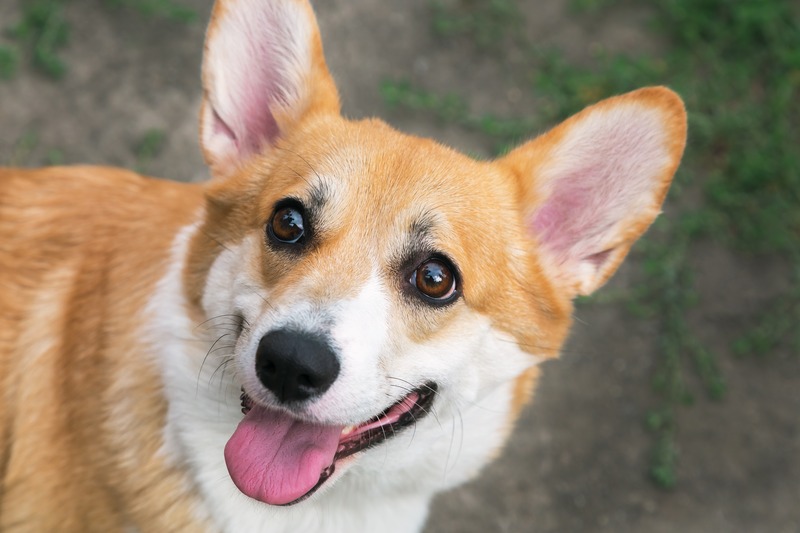What Colours Can Dogs See?
We humans see a vibrant world filled with a multitude of hues, but what about our canine companions? Are they really colour-blind? In this article, we delve into the fascinating realm of a dog’s vision and answer the question: “What colours can dogs see?”
The Basics of Dog Vision
To grasp how dogs perceive colours, it’s essential to first understand the basics of their vision. Unlike humans, who possess trichromatic vision, dogs are dichromats, meaning they have only two types of colour receptors (cones) in their eyes. These receptors are sensitive to different wavelengths of light, primarily in the blue and yellow-green parts of the colour spectrum.
So, what does this mean for their perception of colours?

Shades of Grey and Blue
Dogs predominantly see the world in shades of blue and various shades of grey. Their blue-sensitive cones allow them to perceive blue and yellow colours, but these are limited compared to the extensive colour range that humans can see. For dogs, the world is a bit like a continuous blue and yellow-green tapestry.
Limited Colour Differentiation
Due to their limited colour receptors, dogs often have difficulty distinguishing between certain colours. For example, they may struggle to tell the difference between red and yellow. This can explain why your dog might not react differently to a red or yellow toy.
Stronger Scent and Motion Detection
While dogs may not see the rainbow of colours we do, their vision excels in other areas. Their eyes are specialised for detecting motion and low-light conditions, making them exceptional hunters and watchful protectors. Additionally, dogs rely heavily on their sense of smell, which far surpasses their visual capabilities.

The Impact on Dog Behaviour
Although the senses are important, the way a dog interprets and interacts with its environment (and specifically humans) comes down to its ability to interpret these inputs. For example, in terms of vision, dogs can recognise humans faces and interpret human body language. They will also use their hearing to interpret and respond to human vocalisations.
Understanding a dog’s colour vision can provide valuable insights into their behaviour. For instance, their limited colour differentiation might explain why they often rely on other cues, such as scent and motion, to identify objects and animals. It also suggests that the colour of your dog’s toys or accessories may matter less to them than their texture or scent.
Tailoring Your Dog’s Environment
Knowing that dogs see the world differently can help you create a more comfortable and stimulating environment for your furry friend. Consider choosing toys and accessories with textures and scents that appeal to them. Also, when playing fetch in low-light conditions, keep in mind that dogs have better night vision than humans.

Conclusion
In the world of canine vision, colours are not as vivid and diverse as they are for humans. Dogs primarily see in shades of blue and various shades of grey, thanks to their limited colour receptors. While their perception of the world may differ from ours, they make up for it with their keen sense of smell and motion detection abilities.
So, the next time you toss a ball to your four-legged companion, remember that they may not see the colour of the ball as you do, but they’ll certainly appreciate the joy of playtime all the same. Understanding their unique perspective can deepen the bond between you and your furry friend, making your relationship even more special.
About us | Support us | Services | Terms & Conditions | Contact us
Copyright © 2023 Assistance Dogs Australia ABN: 90 074 746 160. Privacy Policy.


